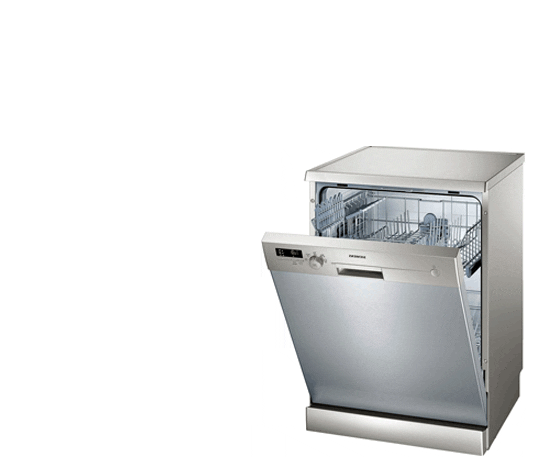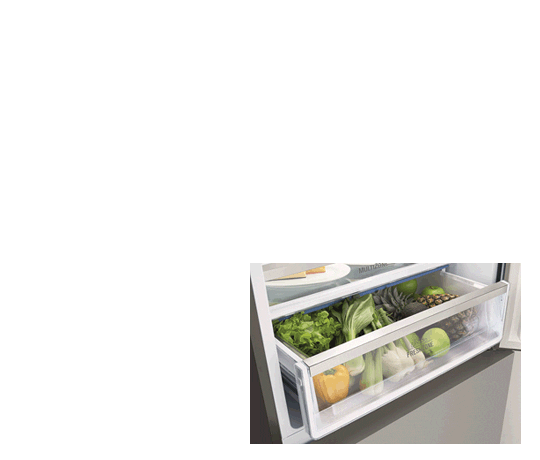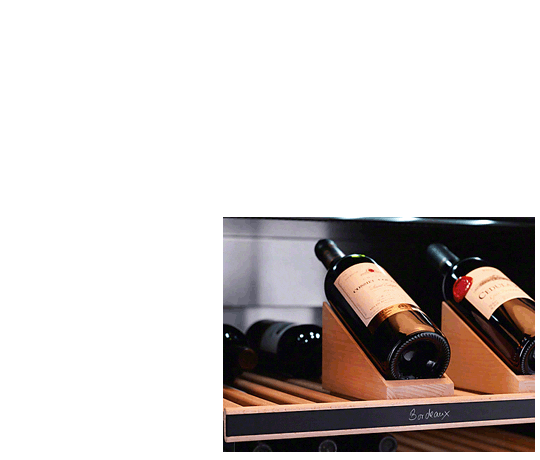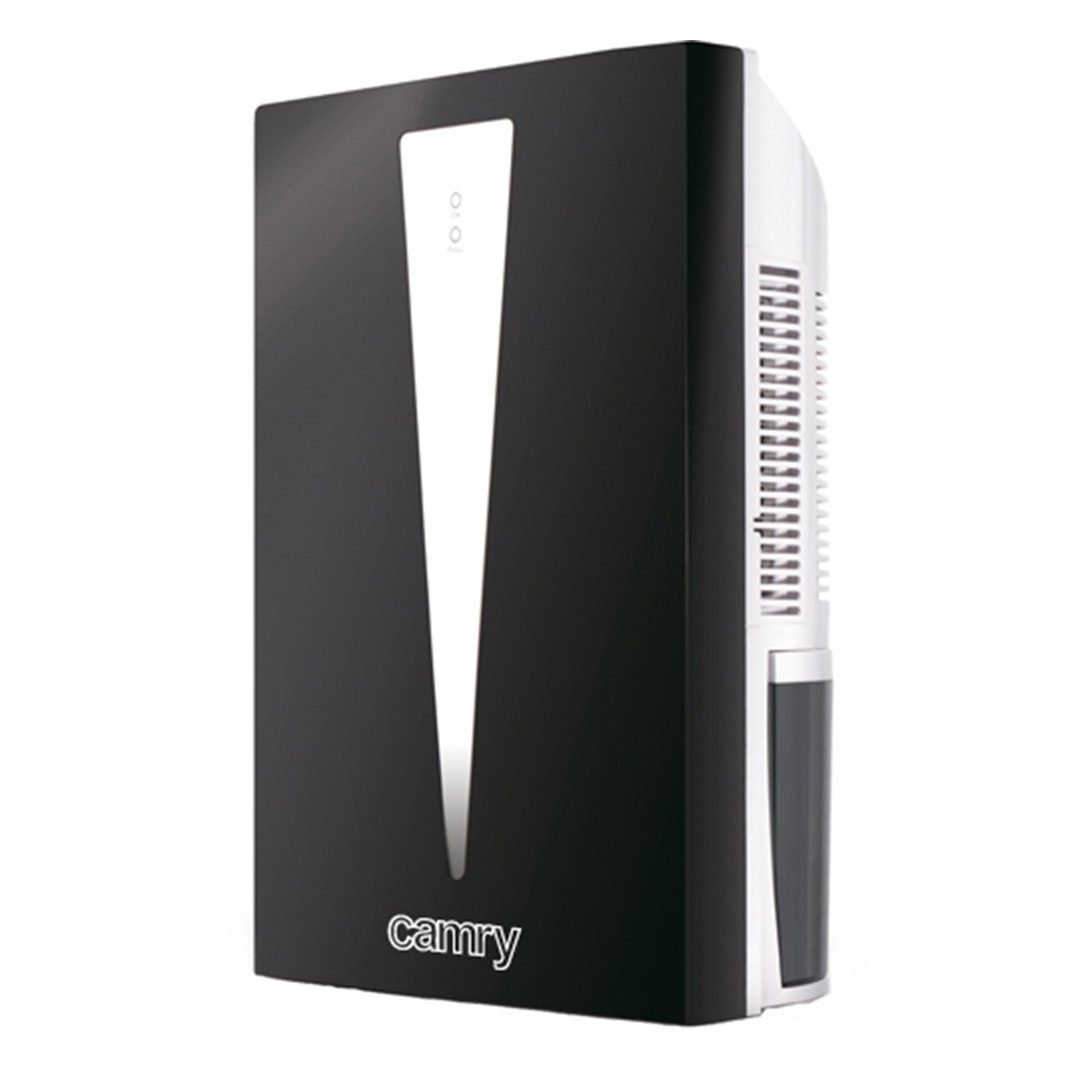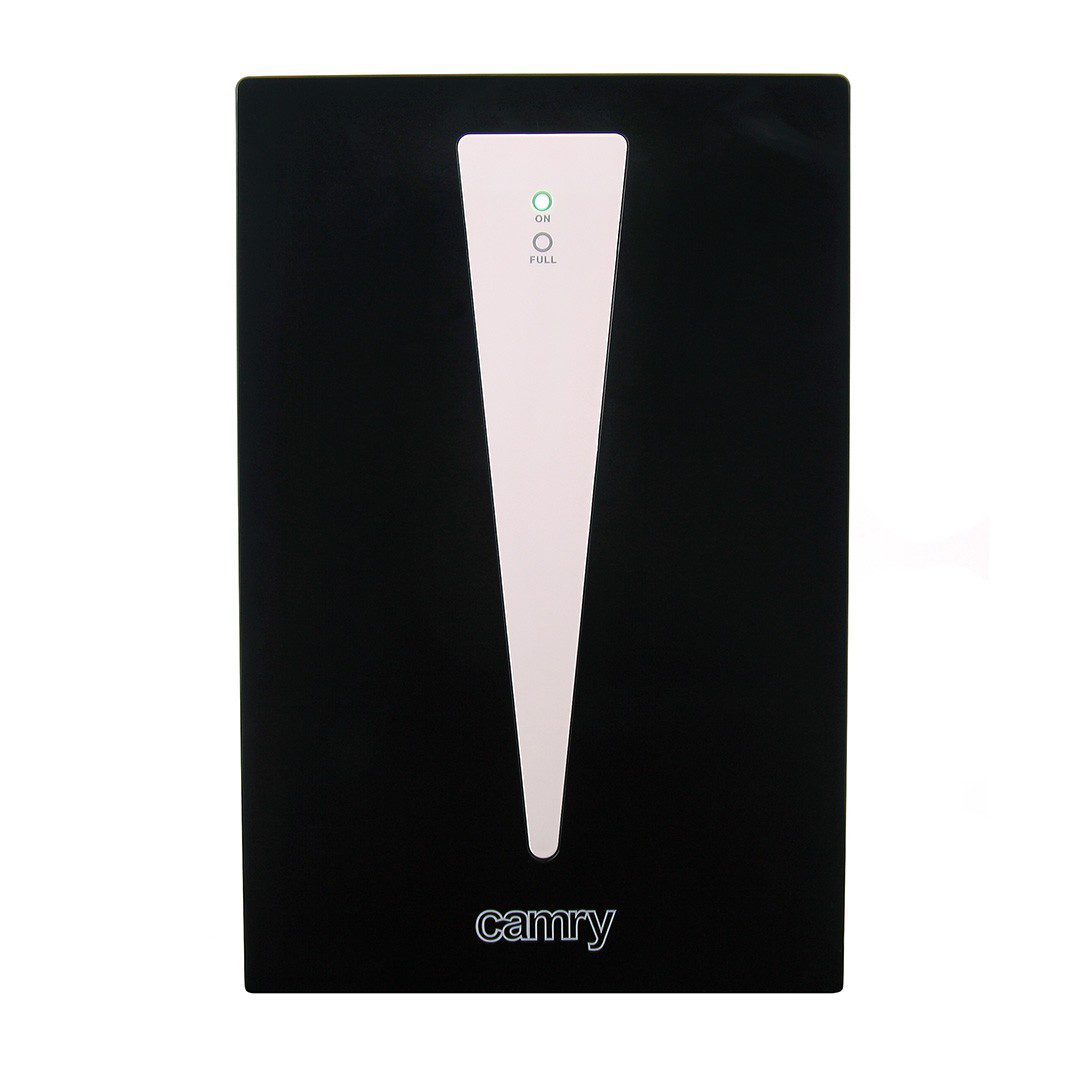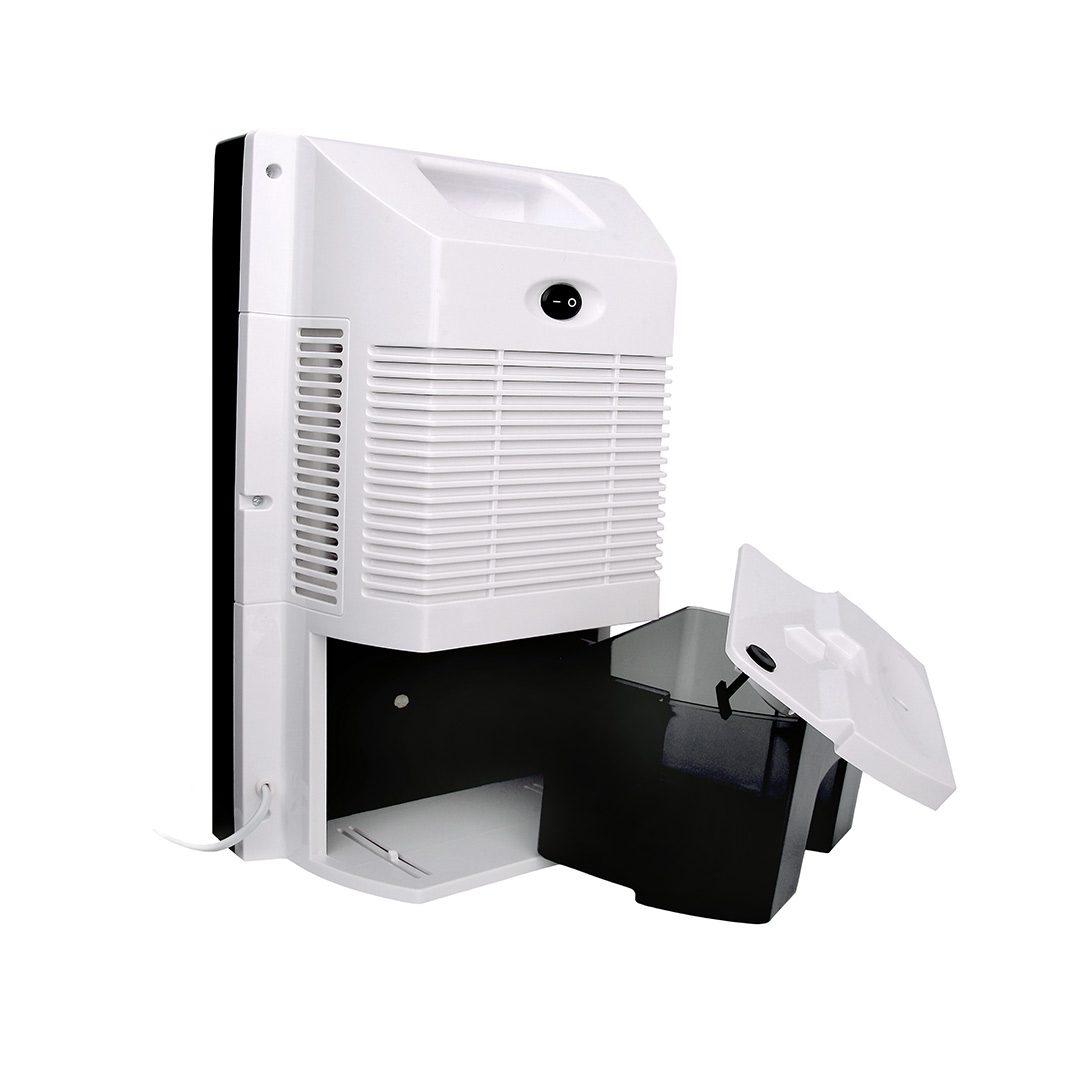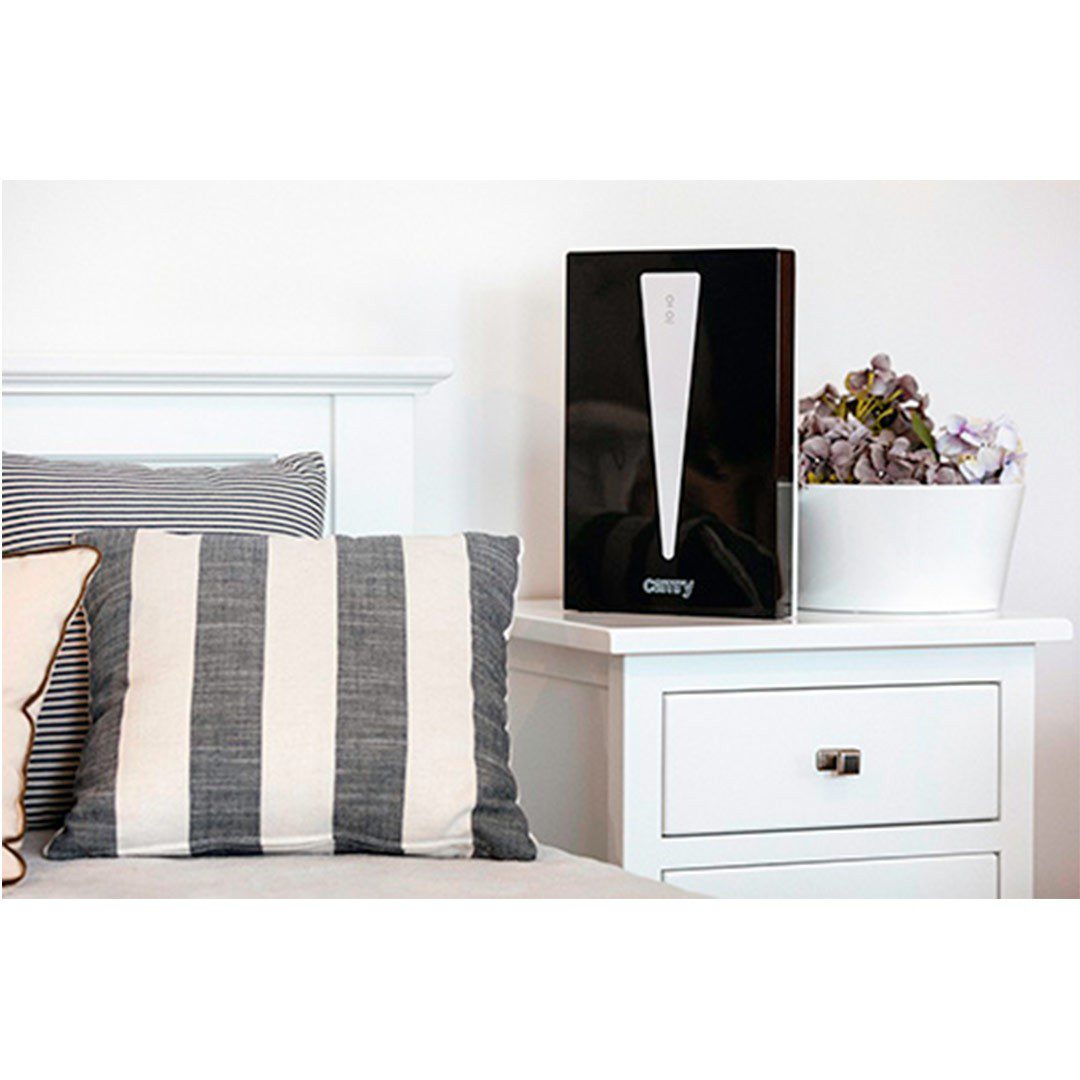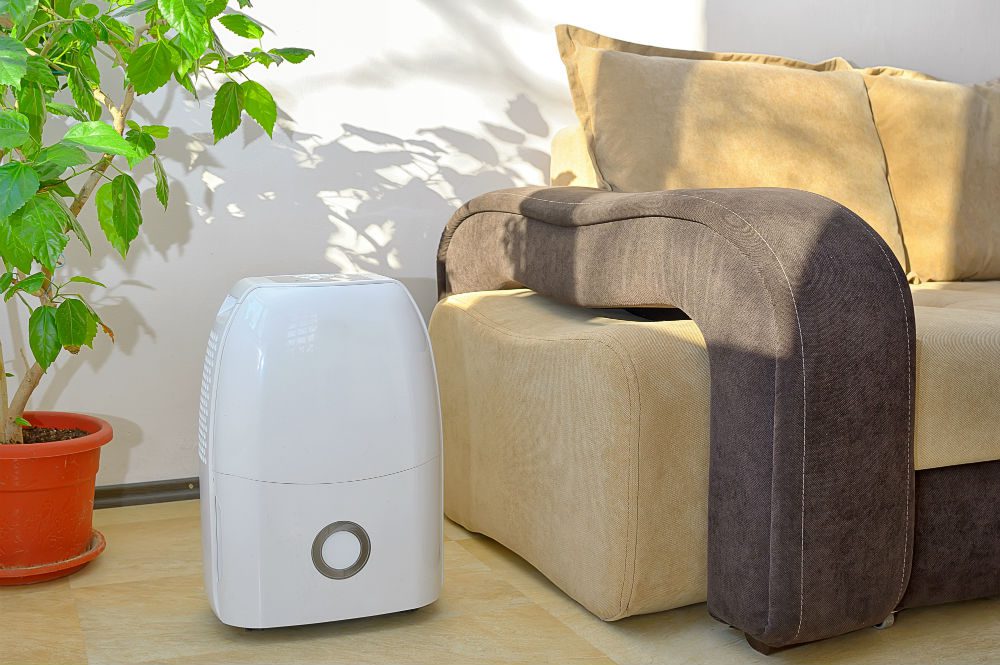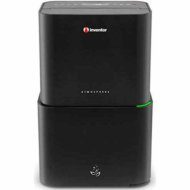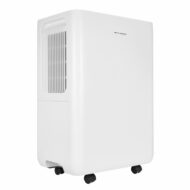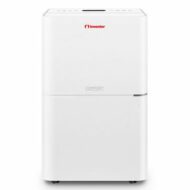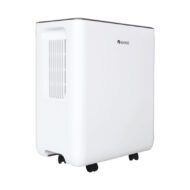Camry CR 7903 Air dehumidifier
Dehumidifying Capacity: 750ml/24H
Quiet Operation
Max Air Input: 30m³/h
Water Tank capacity: 1.5ltrs
Color: Black & White
€95.00
Camry CR 7903 100W 30m2, black and white Air dehumidifier
Practical air dehumidifier CR 7903 works perfect in the rooms where you want to get rid of dampness and at the same time of moldiness and germs from the air.
- Dehumidifying Capacity: 750ml/24H
- Quiet Operation
- Max Air Input: 30m³/h
- Water Tank capacity: 1.5ltrs
- Full tank indicator
- Automatic shut-off when water tank is full
- Noise level: -+40dB
- Nominal Power: 85W Power Max: 100W
| Brand | |
|---|---|
| Product | Dehumidifier |
| Model | CR 7903 |
| Color | Black / White |
| Capacity | 750ml/24H |
| Noise Level | 48dB |
| Water Container Capacity | 1.5ltrs |
| Max Air flow | 30m²/h |
| Dimensions | (H x W x D): 19 x 28.5 x 42.5 |
| Other Features | Quiet Operation |
| Warranty | 2 years |
Size Recommended
The chart below provides a quick guide to sizing a dehumidifier. The numbers are based on those provided by some manufucturers.
Keep in mind that these numbers are only a guide. There are other factors that affect the effectiveness of a dehumidifier, including the type (desiccant models tend to have lower listed capacities but are more effective in cooler conditions) and temperature of the environment.
| Environment | Room size | Room size | Room size | Room size | Room size |
| condition | 45 m² | 90 m² | 135 m² | 180 m² | 225 m² |
| Mild Damp | |||||
| 50% – 60% | 5.5 ltrs/day | 8 ltrs/day | 10ltrs/day | 12.5 ltrs/day | 14.5 ltrs/day |
| Moderate Damp | |||||
| 60% – 70% | 6.5 ltrs/day | 9.5 ltrs/day | 12.5 ltrs/day | 15.5 ltrs/day | 18 ltrs/day |
| Very Damp | |||||
| 70% – 80% | 7.5 ltrs/day | 11.5 ltrs/day | 14.5 ltrs/day | 18 ltrs/day | 21.5 ltrs/day |
| Wed | |||||
| 80% – 90% | 8.5 ltrs/day | 13 ltrs/day | 17 ltrs/day | 21 ltrs/day | 25 ltrs/day |
How to Choose
What is Dehumidifier Size / capacity ?
When people talk about a dehumidifier’s size, they usually don’t mean its physical dimensions. Instead, the size or capacity is how many litres of water it’s able to extract per day. In practice, larger capacity models tend to be physically bigger too, but this isn’t always the case.
Capacity is not the same as the water tank size. This is listed separately by manufacturers and is usually between 2-6 litres. As you’ll notice, most machines have a tank that’s considerably smaller than the daily capacity. This doesn’t mean you’ll need to empty it multiple times per day though, as it’s rare for a dehumidifier to extract its full capacity each day (extraction varies depending on temperature and humidity).
How to Choose a Size
Every brand provides a capacity for their machines. This is a useful figure for comparing machines, but is usually the maximum extraction in ideal conditions. If you go to a manufacturer’s website, they often provide the humidity and temperature the capacity was measured at.
In reality, a dehumidifier will rarely reach these numbers, so it’s not the only factor affecting a machine’s extraction effectiveness. This is because extraction varies greatly depending on the temperature and humidity of the air. That doesn’t mean capacity should be ignored though. As a general rule, bigger capacity dehumidifiers can deal with larger spaces and higher levels of moisture. A low capacity model that can manage humidity in a small room with mild damp may struggle with multiple rooms. And if you want a whole house dehumidifier, it’s essential to choose one with a large capacity. To clarify this further, there are three main considerations when choosing a dehumidifier size:
1. The size of the environment you want to dehumidify. This should be measured in square metres or in cubic metes as that’s the unit quoted by manufacturers.
2. The level of moisture in the environment. This is a more subjective measure, unless you use a humidity monitor. But you should have an idea of how damp a space is by noticing where moisture is accumulating.
3. The temperature of the environment
It’s probably obvious that the larger the room(s), the greater capacity you’ll need. Rooms with severe damp problems also require larger capacities. Signs of severe damp include stains on walls, condensations on walls and, in the worst cases, wet floors.
In Conclusion
Size, which refers to the quantity of water a machine can extract per 24 hours, is one of the most important factors when choosing a dehumidifier. As a general rule, the larger or damper the room is, the greater the required capacity. This is just a broad guideline though. In reality, the extraction efficiency of dehumidifiers varies a lot depending on the quality and type of the machine. Two machines with identical
capacities, for example, might perform very differently once you get them into your home. That’s why it’s important to read dehumidifier reviews before you buy.


